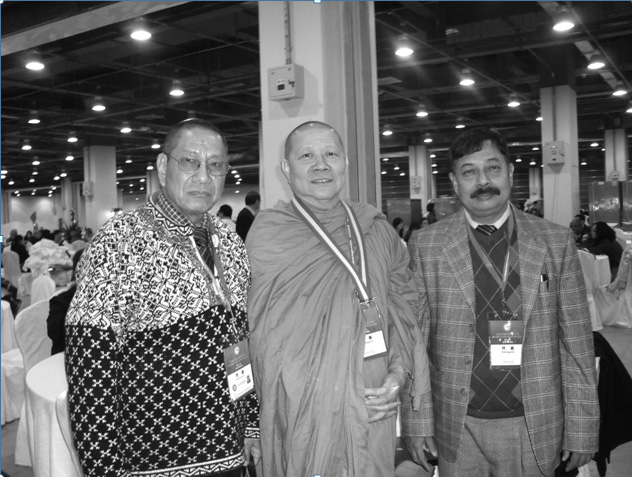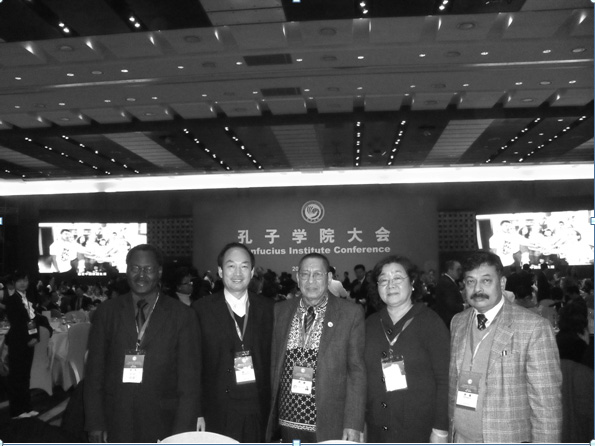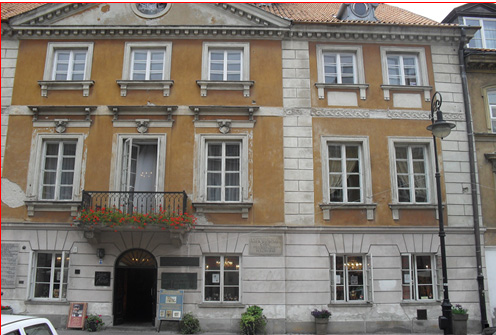– Indira Fuyal
Reminiscing about the day I went to Kathmandu University in August 2014 just to dig into the details about the new program Business Information System and ending up with the enrolment at the end of the day, now feels like a “roller coaster ride” to me. That day I gave up all my academic plans which I had heaved for the past two years and made a decision to spend my four valuable years in studying the things which I never imagined I would opt for. I attempted and strived to get into the medical education field through scholarship for those two years which indeed resulted out to be an unattainable part of life for me. I just went on and on with the rhythm of try and try until you die track without realizing my valuable time and effort. So it was almost time for my track to break the ice; which happened unexpectedly and changed its way the day I visited Kathmandu University.
The vivid flashback of what, who and how I got motivated to study the program is brain-intriguing. Honestly speaking of the motivation factor, the semester wise course offering was the major one. But then again my mother was not fully supportive on my decision to join this program because she wanted me to study medicine which I had always dreamt for or at least an engineering course. Yet, I was able to convince her with the fact that whatever course I study I can do better in that field. Also, the head of the department and other faculties explained clearly to her about the benefits and future prospect of the course. I might have been tempted to go to Kathmandu or elsewhere for my undergraduate studies. But I saw that studying in a university close to my home had greater rewards. First, I was at the central campus, along with more than 3500 students from the programs of engineering and science, which was a huge community for befriending networking. Second, I could save a lot of time for my studies and other natural activities.
Resting under an umbrella of the Humanities and Management Unit (HMU), which in those days was under School of Engineering, this program Bachelor in Business Information System appeared alien to Kathmandu University ‘Central Campus’ because it was the first management program being taught there. All the other management programs were taught at the Kathmandu University School of Management. There began the so-called BBIS first-batch tag which made our class proud as well as isolated sometimes. We often went through the hardships of letting other departments know about our existence followed by the dilemma of the academic calendar. As per KUSOM calendar, our internal and end-semester exams were completed one month before engineering and science programs. This revealed the true genesis of a management program. However, our classes were resumed earlier when all the other departments were on a semester break. It was one of the most unacceptable in the eyes of youngsters like us because, perhaps vainly, we wished for a homogeneous calendar and identical treatment.
When I recall the days about my department and its activities, a blended feeling of happiness and frustration flow together. Some days, especially during the first year, we were frustrated about being excluded in the central campus activities and some other days were about the dissatisfaction of imbalance between course curriculum and lack of teaching resources. Despite the dissatisfaction coming and going, we enjoyed the combination study of management, information systems and information technology along with the study of social science and humanities. This perfect blend worked out to provide us a broader and better insight of the world, society, business, information technology and life as well. At the end of the day, those clashes and set offs drove great to shape up the unity among students and faculty members. Most of us were not financially much unprepared to start with, but the University provided us fair amount of financial aid as one of the key motivators in our studies. I received 50% exemption in my tuition fees, and worked hard to retain the facility throughout four years. This also gave me an opportunity to provide practical managerial service (in return to the aid) to the University.
BBIS was a happy family, always ready to face challenges and imprint a bookmark for the upcoming batch. We understood that HMU had its own share of challenges making us feel comfortable at a time we carried the mixed feeling of alienation from the School and exclusion from the activities of central campus. We grew up empathizing and adjusting, making sense of the annals of limitations borne by all past and contemporary first batches in the University. I am glad to note that HMU, which had taken up this arduous assignment to launch BBIS in KU central campus by welcoming us, evolved into the Department of Management Informatics and Communication and got administratively relocated to School of Management. This happened with BBIS program as the key propelling factor. The batches following us have got a more consolidated, expanded and motivated guardian department functional under the parent School.
Talking about the current status of the BBIS program, it has grown to four batches after us. This triggers an extraordinary feeling to my heart making me realize the true meaning of adversities and blisses experienced during the formative days of our program. How BBIS marked a history in KU central campus? An exact answer to this question is difficult to assess but it is overwhelming to know that the awareness level about the program and its existence among the people around has increased since we graduated. People seem to be mindful of the importance of interdisciplinary courses like BBIS in university education system. In the initial days, for being run in the morning hours, BBIS was almost immune from the disturbances of the campus. Our calendar ran perfectly well while our counterparts at dayshifts were continually delayed by more than a month to start and end the semesters. It makes me slightly uneasy now the succeeding batches are facing occasional disturbances on campus.
A year ago the department invited me to speak in an orientation program to the new batch regarding my experiences about this program and its future prospects in the professional world. Decently, I was thrilled to share with them my experiences, those ups and downs and how this program led me to professionalism.
Ultimately, I want to remember the dedication, belief and everlasting assistance our professors as well as visiting faculties had upon the first batch. Even though many of us were confused and worried about our unclear future after graduation, they supported us in every hurdle and took this program to the next level. Bravo! Our batch is doing great after graduation. Some of us are working in financial sector, IT companies, banks, semi-government companies while some of us are pursuing post graduate studies here in Nepal as well as abroad. I feel honoured to wear the “so-called first batch” tag on my life which redirects me to a huge collection of memoirs and knowledge within me.
[Ms. Fuyal is an alumna from the first cohort of BBIS program at Kathmandu University]





